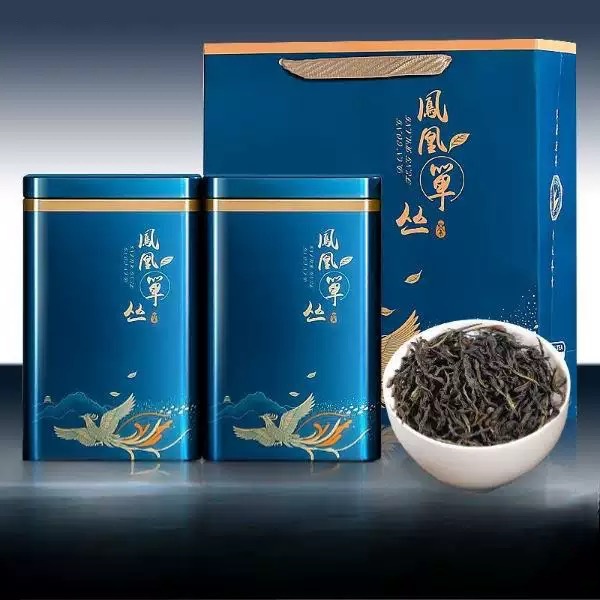
# The Origin and Historical Development of Oolong Tea
## Introduction to Oolong Tea
Oolong tea, also known as wulong tea or “black dragon tea,” is a traditional Chinese tea that occupies a unique position between green and black teas. With its complex flavors and aromas, oolong has captivated tea enthusiasts for centuries. This semi-oxidized tea offers a diverse range of taste profiles depending on its processing method and origin.
Keyword: Origin and History of Oolong Tea
## The Ancient Origins
The exact origins of oolong tea remain somewhat mysterious, with several competing legends about its discovery. Most historians agree that oolong tea production began during the Ming Dynasty (1368-1644) in China’s Fujian province.
One popular legend attributes the creation of oolong tea to a tea farmer named Wu Liang (later corrupted to “Wu Long” or “Oolong”). According to the story, Wu Liang was distracted by a deer while picking tea leaves and returned to find his leaves had begun to oxidize. Rather than discard them, he processed them anyway, creating a new type of tea with distinctive characteristics.
## Early Development in Fujian
The Wuyi Mountains in northern Fujian province became the cradle of oolong tea production. The region’s unique terroir – with its mineral-rich soil, misty climate, and dramatic elevation changes – proved ideal for cultivating tea plants that would produce high-quality oolong.
During the early stages of development, tea makers experimented with different levels of oxidation and roasting techniques. These experiments led to the creation of two main styles:
– Northern Fujian style (e.g., Wuyi rock teas)
– Southern Fujian style (e.g., Tieguanyin)
## Spread to Taiwan
Oolong tea cultivation spread to Taiwan in the 19th century, where it flourished under different climatic conditions. Taiwanese tea masters adapted the processing techniques to suit their local environment, creating new varieties like Dong Ding and High Mountain oolongs.
The island’s high elevation mountains provided perfect growing conditions, and Taiwanese oolongs developed their own distinctive character – often more floral and delicate than their mainland counterparts.
## Processing Techniques Through History
The traditional processing method for oolong tea has evolved over centuries but maintains several key steps:
– Withering: Fresh leaves are spread out to wilt and lose moisture
– Bruising: Leaves are shaken or tumbled to begin oxidation
– Oxidation: Controlled exposure to air develops flavor compounds
– Fixation: Heat stops the oxidation process
– Rolling: Shapes the leaves and releases essential oils
– Drying: Removes remaining moisture for preservation
Historical records show that these techniques were refined over generations, with each tea-producing region developing its own variations.
## Cultural Significance
Oolong tea became deeply embedded in Chinese tea culture, particularly in the traditional Gongfu tea ceremony. The tea’s complex flavors and ability to withstand multiple infusions made it ideal for this ritualistic preparation method.
During the Qing Dynasty (1644-1912), oolong teas from Wuyi Mountain became prized tribute teas offered to the emperor. This royal endorsement helped establish oolong’s reputation as a premium tea variety.
## Modern Production and Global Appreciation
Today, oolong tea is produced in several regions beyond its Fujian birthplace, including:
– Guangdong province (Phoenix Dancong)
– Taiwan (various high mountain oolongs)
– Thailand (newer production regions)
– India (Darjeeling oolong experiments)
Global appreciation for oolong has grown significantly in recent decades, with specialty tea shops and enthusiasts seeking out rare and artisanal varieties. The tea’s health benefits and complex flavor profile continue to attract new devotees worldwide.
## Conclusion
From its mysterious origins in the Wuyi Mountains to its current status as a globally appreciated beverage, oolong tea has undergone a remarkable journey. The historical development of oolong processing techniques represents centuries of tea-making wisdom, resulting in one of the most diverse and fascinating categories
